Monteverde Cloud Forest and Surrounding Areas
Table of Contents
I spent a couple of nights in Monteverde Lodge which provided me easy access to the Monteverde Cloud Forest. I got to the area via a flight from Drake Bay to San Jose and then a drive from San Jose. Along the way I tried out one of the many zip line tours where I saw a Gray Hawk. During the second leg of the drive, we happened across a Tamandua also known as the Collared Anteater; interestingly they eat termites, not ants and termites in Costa Rica make their nests in trees because the ground is too wet.
Day Hikes
So one morning I headed out to the cloud forest with a local guide who was the son of the one of the first Quakers to move to Costa Rica from the US. Founded in 1972, this preserve started out covering 4,000 acres, but that was eventually expanded to 25,000 acres. Within its borders are 100 species of mammals, 400 species of birds, and 1,500 species of plants. Wow!
Our hike into the cloud forest was delayed a bit as the rangers checked the trails for fallen trees due to some pretty strong winds the night before. The area is often windy which was a little disconcerting since I've been conditioned to associate such strong winds with an impending storm.
The delay did afford us the opportunity to see the Resplendent Quetzal – one of the birds that birders have on their must-see lists when they visit Costa Rica. There was a male and female flying between a couple of trees. The rain made it tricky to take a good photograph though not to mention the crowds that gathered in the parking lot where the viewing was the best.
Once we were cleared to enter the cloud forest we were off. Unfortunately, the rain stayed with us throughout the hike and even increased as we approached the continental divide. Animal sights were few and far between. Regardless, our guide told us about the history of area including how his family and other Quakers arrived in the area and took on the challenge of helping to conserve the area.
Our guide was very familiar with the flora in the area and we often stopped whenever we came across a branch or tree that had fallen to examine it. With many of the plants (epiphytes) living on trees high up in the canopy, there was no other way to see them except when they came down with the fallen branches. We saw flowers both big and really, really small. The rain and the darkness made photographs difficult though.
While not a great success in terms of animal sightings and photographs, the cloud forest was beautiful in its lushness and I'm really glad to have been able to walk through it.
Just outside of the Monteverde Cloud Forest is a hummingbird sanctuary – a handful of hummingbird feeders. The hummingbirds were varied (including the Violet Sabrewing and Rufous-Tailed Hummingbirds) and numerous and were eliciting smiles from all that gathered to see them. Make sure you don't miss this mini-attraction while in the area.
Night Hikes
Within walking distance of Monteverde Lodge is a privately owned ecological sanctuary. The walk to this sanctuary is itself fun as you pass through a rain forest. My guide picked me up from the lodge and we headed into the forest. As we descended down to a river, we passed an area with dirt walls in which there were many holes. My guide checked out a couple and then called me over to take a look at a tarantula the several inches into the whole. What a sight! And yes I took a photograph.
At the entrance to the ecological sanctuary we spotted a Blue-Crowned Motmot. Apparently it's considered to be a dumb bird as it nests in the same dirt walls that tarantulas do making them eggs and chicks vulnerable to ground-based predators. The Motmots are thriving though so I guess they're doing something right.
Not too far into the trail as we passed a somewhat open area with just a few trees I got my best view of an Agouti. And while trying to take its photo another Agouti walked behind me. If you haven't seen one of these imagine a giant hamster.
A little farther into the hike we spotted a White-Nosed Coati amongst the trees, but it was hard to get a good look at it. We also came across a Two-Toed Sloth in the trees, but it too was difficult to see. Luckily, a Mexican Hairy Porcupine had chosen to rest in a place that allowed us to get a great view as it awoke.
Smaller creatures included the Common Dink Frog, Forest Anole, Leaf Katydid (it's amazing how well these insects mimic leaves), False Postman Butterfly, and a walking stick.
I really do like night hikes!


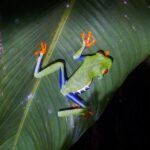
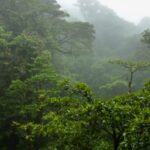
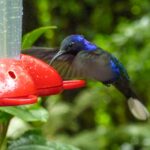
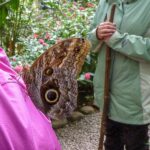
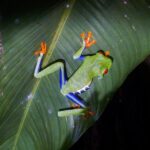

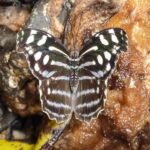
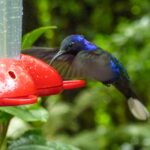
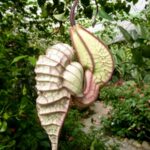
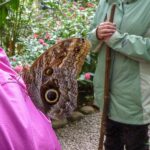
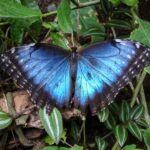
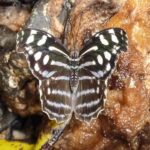
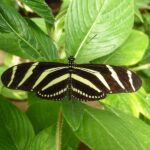
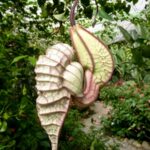

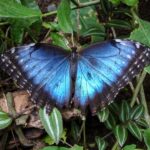
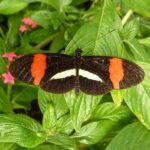

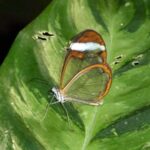
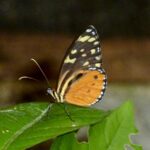
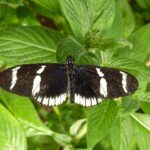

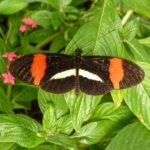
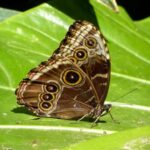
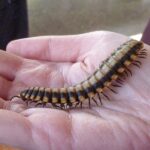
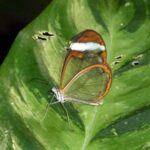
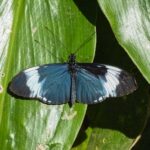
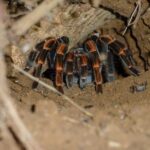
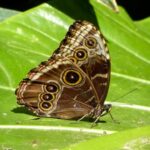
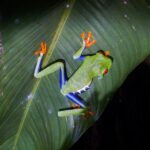
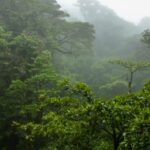
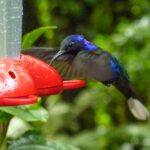
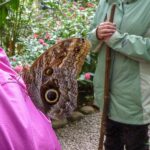
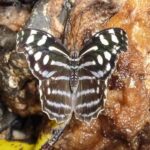
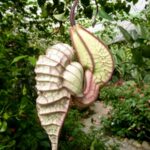
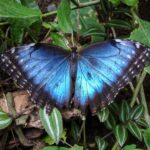
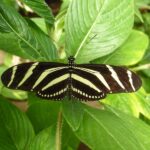
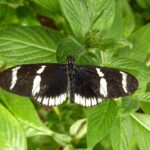
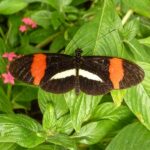
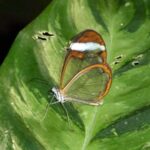
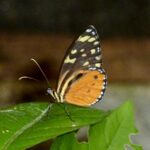
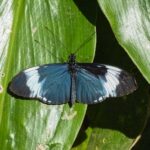
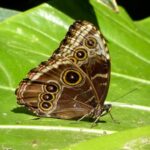
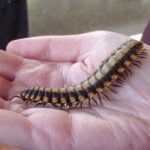
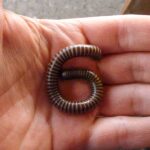
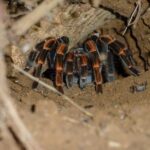


Leave a Reply